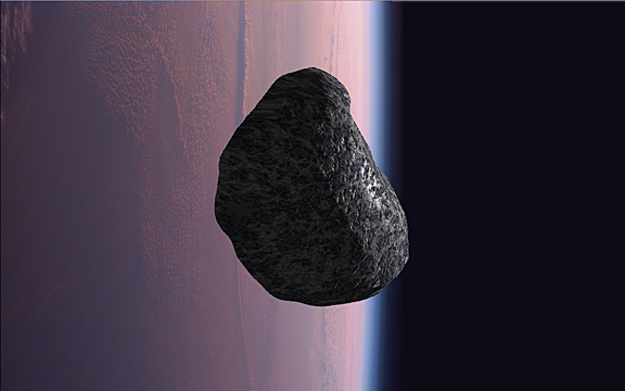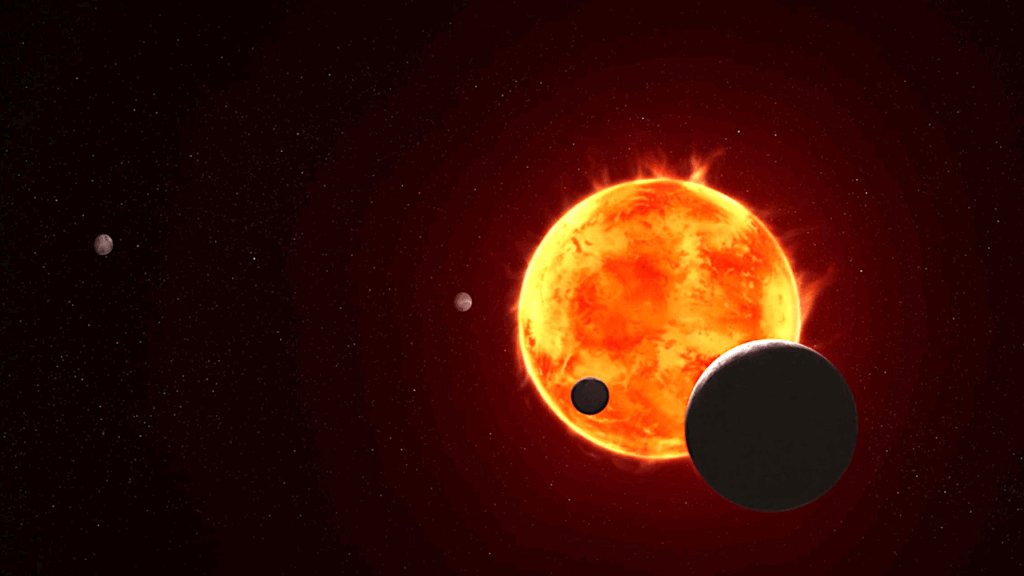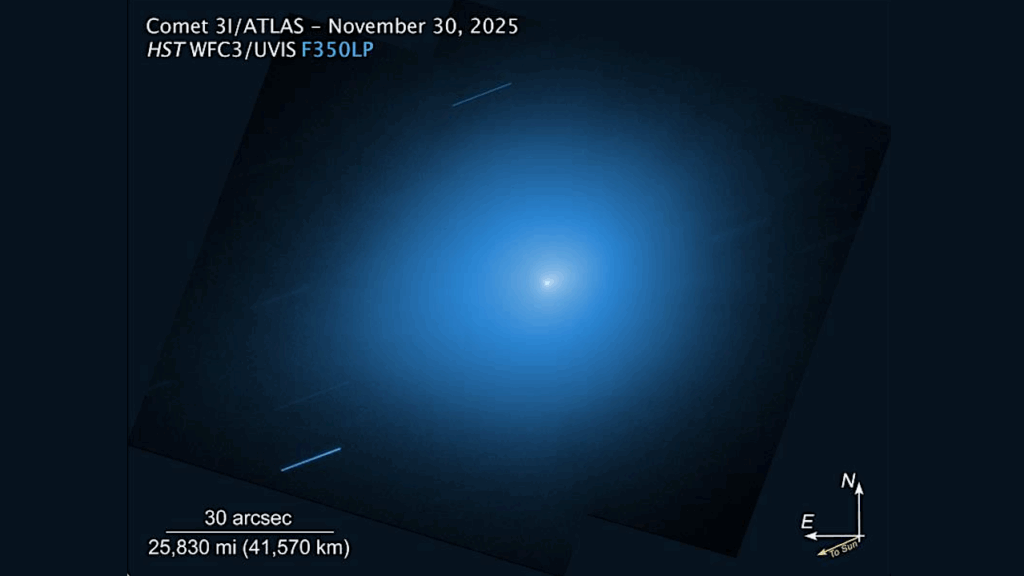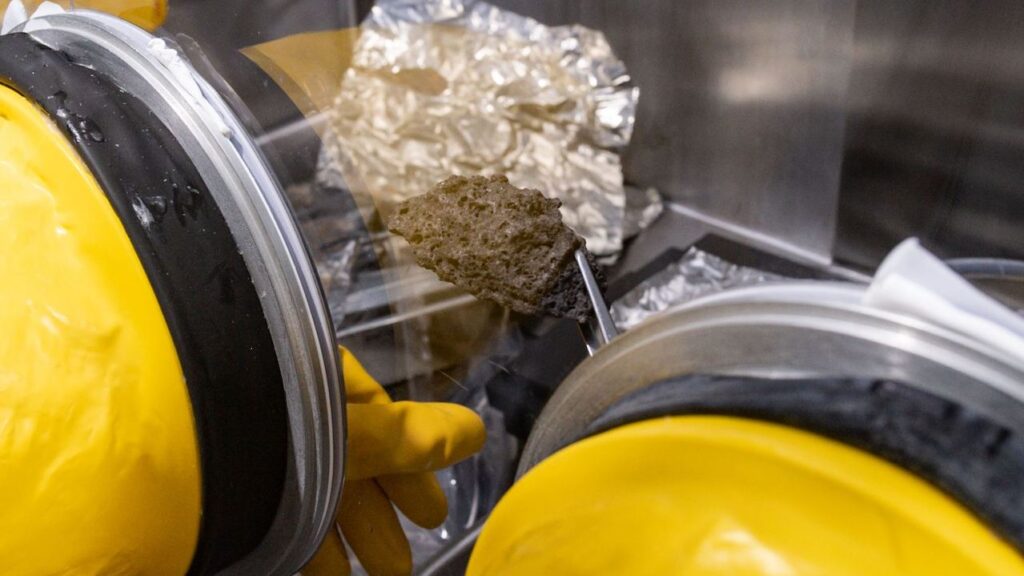Meteorites and the RNA world II: Synthesis of Nucleobases in Carbonaceous Planetesimals and the Role of Initial Volatile Content

Prebiotic molecules, fundamental building blocks for the origin of life, have been found in carbonaceous chondrites. The exogenous delivery of these organic molecules onto the Hadean Earth could have sparked the polymerization of the first RNA molecules in Darwinian ponds during wet-dry cycles.
Here, we investigate the formation of the RNA and DNA nucleobases adenine, uracil, cytosine, guanine, and thymine inside parent body planetesimals of carbonaceous chondrites. An up-to-date thermochemical equilibrium model coupled with a 1D thermodynamic planetesimal model is used to calculate the nucleobase concentrations. Different from the previous study (Pearce & Pudritz 2016), we lower the pristine initial abundances, as measured in comets, of the most volatile ices compared to the bulk water ice. This represents more accurately cosmochemical findings that carbonaceous chondrite parent bodies have formed inside the inner, ∼2−5au, warm region of the solar system.
Due to these improvements, our model was able to directly match the concentrations of adenine and guanine measured in carbonaceous chondrites. Our model did not reproduce per se the measurements of uracil and the absence of cytosine and thymine in these meteorites. Therefore, we provide a combined explanatory approach that could explain this deficiency.
In conclusion, the synthesis of prebiotic organic matter in carbonaceous asteroids could be well explained by a combination of radiogenic heating, aqueous chemistry involving a few key processes at a specific range of radii inside planetesimals where water can exist in the liquid phase, and a reduced initial volatile content (H2, CO, HCN, CH2O) of the protoplanetary disk material.
Klaus Paschek, Dmitry A. Semenov, Ben K. D. Pearce, Kevin Lange, Thomas K. Henning, Ralph E. Pudritz
Comments: Submitted to The Astrophysical Journal, 17 pages, 6 figures (all colored)
Subjects: Earth and Planetary Astrophysics (astro-ph.EP)
Cite as: arXiv:2112.09160 [astro-ph.EP] (or arXiv:2112.09160v1 [astro-ph.EP] for this version)
Submission history
From: Klaus Paschek
[v1] Thu, 16 Dec 2021 19:11:49 UTC (8,049 KB)
https://arxiv.org/abs/2112.09160
Astrobiology, Astrochemistry,








